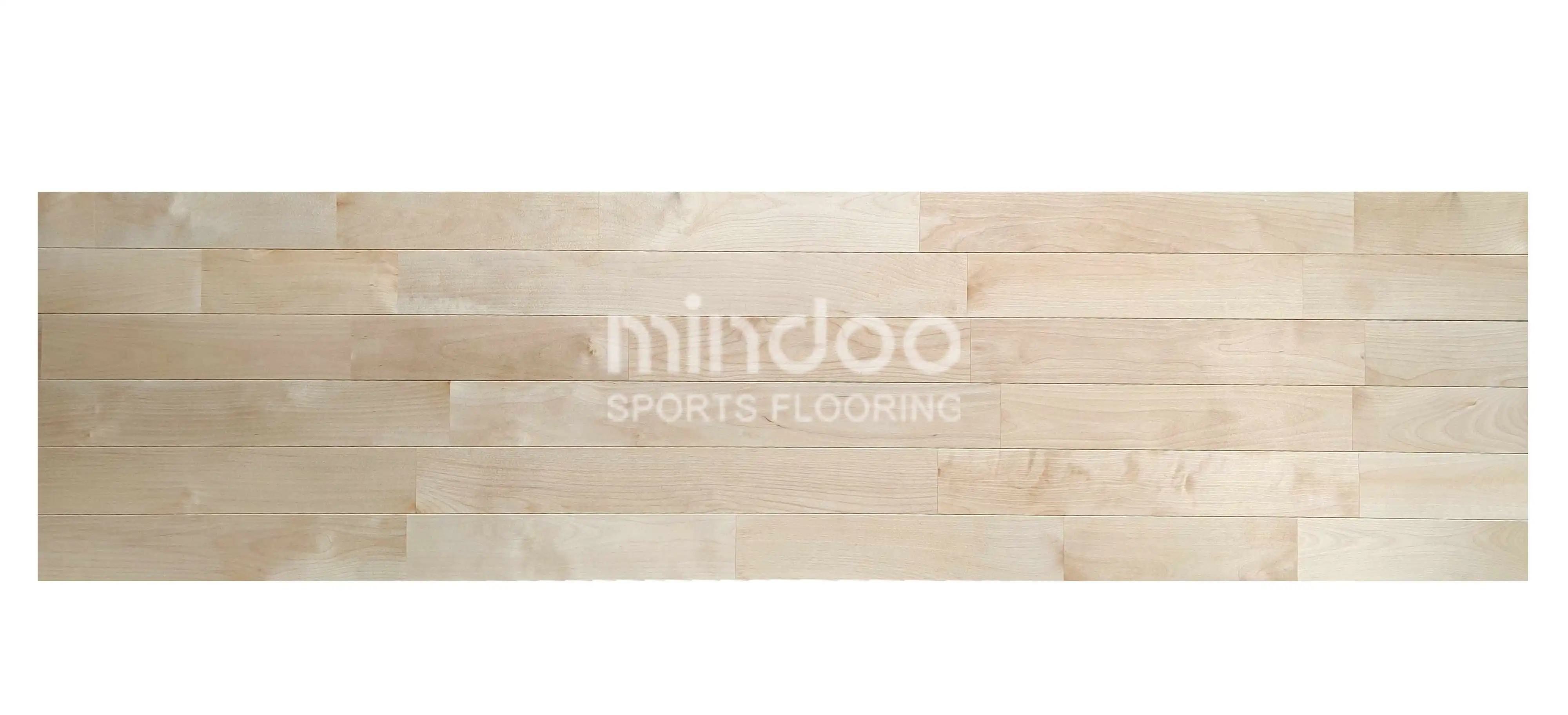The Key Role of the Resilient System in Hardwood Sports Floors
Did you know? In the world of hardwood sports floors, the term "resilient system" is not just a technical jargon; it directly impacts an athlete’s performance, injury rate, and even the overall atmosphere of the game. For high-intensity sports like basketball, volleyball, and badminton, the resilient system in the floor acts as the invisible force that supports athletes, helping reduce impact, enhance comfort, and ensure the floor’s durability.

What is the Resilient System?
In simple terms, the resilient system is the "cushioning layer" of hardwood sports floors. It includes the underlying support structure and resilient materials, typically hidden beneath the visible surface of the floor. Its job? To provide a spring-like reaction beneath the athlete’s feet during jumps, sprints, and stops, reducing the pressure on joints and minimizing the risk of injury.
Imagine an athlete leaping for a dunk or performing a high jump spike; without the appropriate elasticity in the floor, the impact force from such actions would be directly transferred to the knees, ankles, and other body parts, leading to potential injuries. The resilient system works like an invisible airbag, keeping athletes comfortable and safe during intense movements.
The Importance of the Resilient System: Not to Be Ignored
You might wonder, does floor elasticity really matter that much? The answer is yes. In fact, many studies have shown that the quality of the resilient system is directly linked to an athlete’s performance and health. According to a study released by the American College of Sports Medicine, an appropriate resilient system can effectively reduce ground impact during high-intensity sports, especially during jumps and landings.

Picture this: every time an athlete jumps and lands, the floor's rebound acts like a shock absorber, reducing up to 40% of the impact force. This is especially crucial in high-impact sports like basketball, where the floor’s elasticity can significantly alleviate pressure on the knees and spine. Without a proper resilient system, the repeated impacts could lead to early injuries.
What Are the Benefits of a Good Resilient System?
· Reduced Risk of Injury: The resilient system can effectively reduce pressure on the knees, ankles, and other joints during jumping, running, and rapid braking, especially in sports that involve frequent jumps and landings. Studies show that floors lacking adequate elasticity increase the risk of injuries by more than 30%.
· Improved Athletic Performance: A resilient floor offers better feedback and support, allowing athletes to feel more comfortable and move more smoothly when jumping and running. It’s like providing athletes with a pair of "spring shoes" that not only enhance comfort but also make movements more precise.
· Reduced Wear on the Floor: The resilient system not only protects athletes but also helps protect the floor itself. By effectively absorbing shock, the surface of the hardwood floor is less likely to suffer from excessive wear and dents caused by intense sports movements, thus extending the floor’s lifespan.
Components of a Resilient System: It’s Not Just About Softness
The resilient system isn’t just about being "soft." While softer floors can reduce impact, they may also cause athletes to lose control and negatively affect their performance. The ideal resilient system combines "moderate softness" with "firm support" to ensure comfort without compromising movement precision or stability.

A typical resilient system consists of several layers of materials:
· Base Layer: Usually made of wood or polymer, providing stable support.
· Resilient Layer: Made of rubber, foam, or other elastic materials, this layer absorbs the shock.
· Surface Layer: The hardwood floor surface, providing friction and aesthetic appeal.
Choosing the Right Resilient System
Different sports have different needs, so selecting the right resilient system is crucial. A basketball court may require stronger elasticity to cushion the impact from jumps, while a badminton court might need lower elasticity to maintain a smoother, more stable playing experience. When choosing a resilient system, factors such as the venue's intended use, the intensity of the sport, and the athletes' needs should be considered.
The Resilient System: The "Secret Weapon" of the Floor
Though seemingly simple, the resilient system in hardwood sports floors plays an incredibly important role. It not only ensures athlete safety and reduces injuries but also enhances performance and prolongs the floor’s lifespan. In essence, the resilient system is the "secret weapon" of hardwood sports floors, making all forms of intense sports safer and more efficient.
Next time you step into a basketball or volleyball court, try standing on the floor and feel that subtle bounce beneath your feet. That invisible resilient system is the force silently empowering athletes to unleash their energy on the court.





